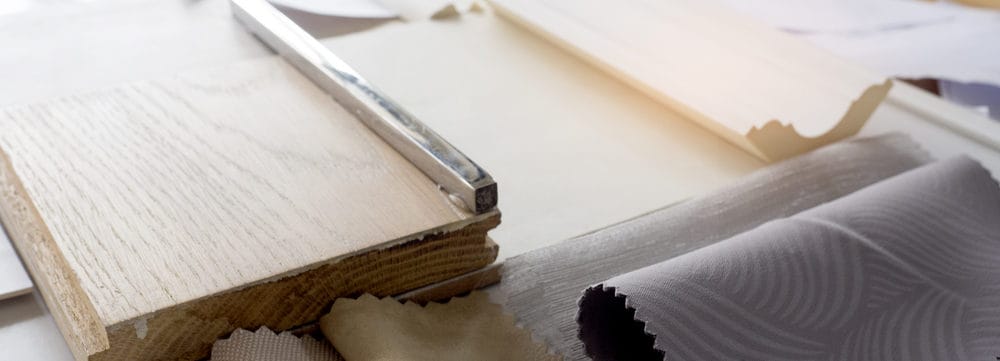Blog
Choosing the Right Materials for Healthcare Facilities

One of the most challenging aspects of healthcare design is choosing the right materials for medical facilities. There are a multitude of factors to consider. Should the interior designers select a material that is easily cleaned, or should the designer instead choose a material that is more aesthetically pleasing? This article presents several factors healthcare interior designers can consider when choosing the materials used in a medical building.
One key issue designers face is selecting non-toxic materials for the interior of a hospital. Many items that are commonly found in hospitals, including surface materials, contain fire retardants to ensure the building meets fire safety standards. But fire retardants degrade quickly and create dust particles, which can latch onto other surfaces and can even potentially be ingested. Fire retardants have been linked to several adverse health conditions including diabetes and cancer.
There are several resources available for designers to help with selecting the proper materials for medical facilities. The Pharos Project offers an online database to help identify the health impact of various materials. Additionally, Perkins+ Will has created its own transparency project and precautionary list of substances being phased out of use in building materials.
Another key factor to consider is selecting materials that reduce the carbon footprint of the building. In particular, healthcare designers need to focus on lowering air pollution and greenhouse gas emissions. Mara Baum, sustainable design leader at HOK, notes that one way to reduce a building’s carbon footprint is by minimizing the amount of steel and concrete necessary when building or renovating.
Baum says that if designers and architects optimize structural grids and use lighter weight façade systems, less concrete will be necessary. She also notes that concrete can be replaced by other pozzolanic materials in some cases, although builders should be aware of the high mercury content of some pozzolanic materials. Although steel and concrete are just two considerations, these materials have a disproportionally high impact on a building’s carbon footprint.
Marie Wikoff is the creator of Wikoff Design Studio based out of Reno, Nevada. Her expertise in healthcare design has helped modernize healthcare organizations locally, regionally, and internationally, improving patient experience and outcomes. Her credentials include Evidence-Based Design Accreditation and Certification (EDAC), American Academy of Healthcare Interior Designer (CHID), the National Council of Interior Design Qualification (NCIDQ) and LEED AP. Contact Marie Wikoff
Sources:
Silvis, Jennifer. “The Material Challenge of Healthier Interiors.” HCD Magazine, 21 Feb. 2017, www.healthcaredesignmagazine.com/trends/architecture/material-challenge-healthier-interiors/.
DiNardo, Anne. “Rising Up: Reducing Building Materials’ Carbon Footprint.” HCD Magazine, 22 Oct. 2019, www.healthcaredesignmagazine.com/trends/architecture/rising-up-reducing-building-materials-carbon-footprint/.
Healthy Building Network. “Pharos.” Pharos, 2019, pharosproject.net/.
Perkins&, Will. “Transparency.” Transparency, 2019, transparency.perkinswill.com/.








2 Comments
Kristofer Van Wagner
September 30, 2020I appreciate that this post mentioned it is important for us to choose the right materials when we own a healthcare facility. I do agree that when we are running a medical business, it is crucial we have the right materials just as it is to ensure we operate from the right facility. Assuming that I own a medical business, I will definitely heed your advice.
sabrina Tabassum
February 28, 2024Hey Wikoff Design Studio team!
Your article on choosing materials for healthcare spaces was incredibly insightful! I’ve always been interested in how design affects wellbeing, and your breakdown of factors like durability and aesthetics was spot on. Your emphasis on creating healing environments for patients and staff is commendable. Keep up the great work advocating for purpose-driven design in healthcare – it’s inspiring!